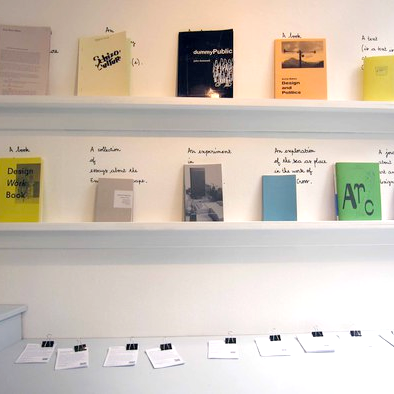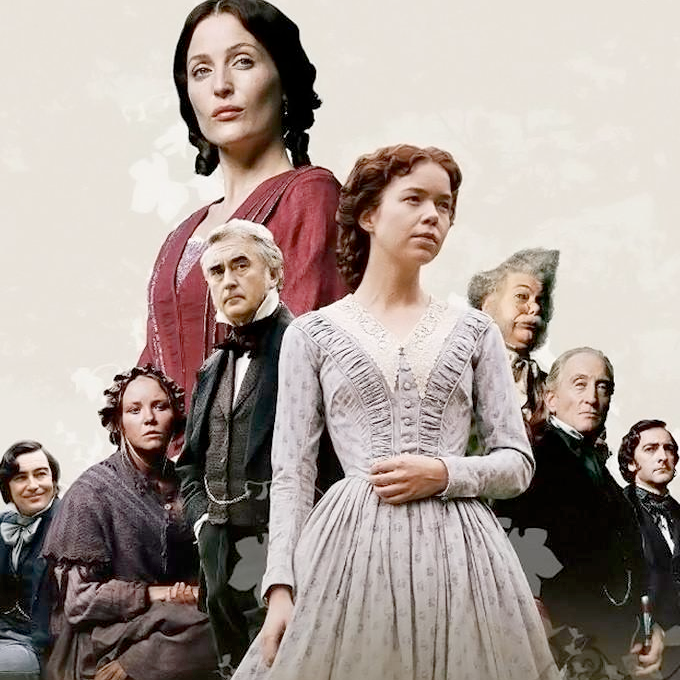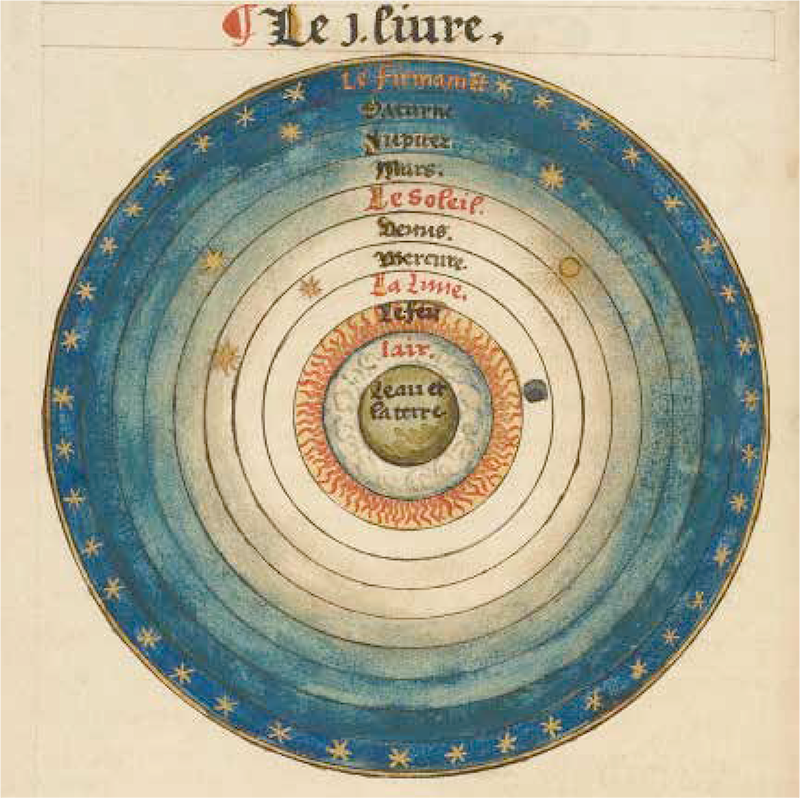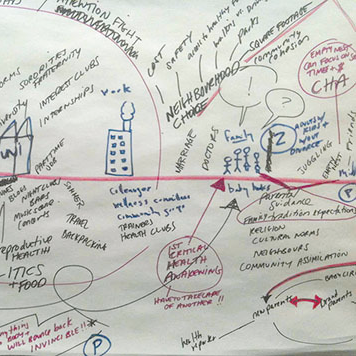
The Editors|Twenty Years of Design Observer
December 31, 2009
Science
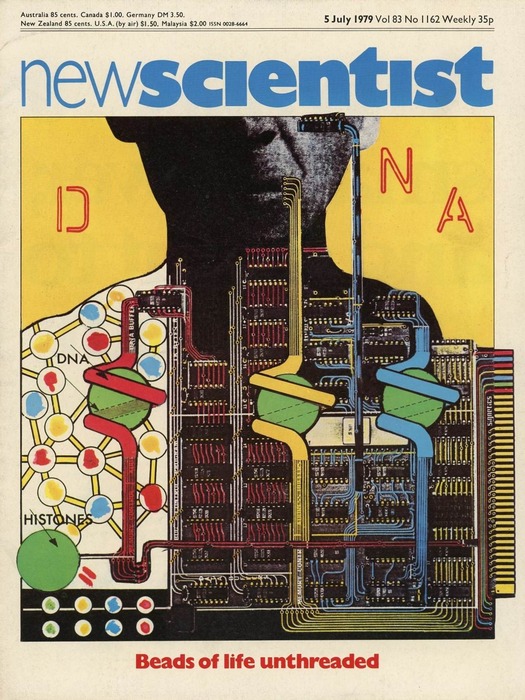
New Scientist, 5 July 1979. Cover illustration by Muscle Films (Nichola Bruce and Michael Coulson) From The Body as Factory: Anatomy of an Image
Like designers in their attention to sentient observation, scientists are trained to ask penetrating questions. They’re interrogators, and instigators, cartographers, and data-obsessives, procedure-followers, temperature-takers, and integrators— tireless seekers of clear, cogent, demonstrable evidence—much of which is visual. (Like grids!) Scientists probe and manipulate and channel and divide. They split and fuse and spike and engineer—but most of all, like all visual thinkers—they look. Historians of science look too: at propaganda, at public health, at anatomical metaphor, and at posters. (This might be one spot where designers and scientists beg to differ!) To spend any time at all with scientists, Jessica Helfand writes, is to become at once profoundly aware of our similarities and devastated by that which divides us. Right brain left brain? For those who self-identify as visual learners (and that includes scientists), it hardly matters. We need them. And they need us.
Observed
View all
Observed
By The Editors
Recent Posts
Courtney L. McCluney, PhD|Essays
Rest as reparations: reimagining how we invest in Black women entrepreneurs Food branding without borders: chai, culture, and the politics of packaging Why scaling back on equity is more than risky — it’s economically irresponsible Beauty queenpin: ‘Deli Boys’ makeup head Nesrin Ismail on cosmetics as masks and mirrors
 Design Observer is edited by Michael Bierut and Jessica Helfand, with assistance from Betsy Vardell, Elizabeth Deverereaux, Chappell Ellison and Joanna Radin.
Design Observer is edited by Michael Bierut and Jessica Helfand, with assistance from Betsy Vardell, Elizabeth Deverereaux, Chappell Ellison and Joanna Radin.
